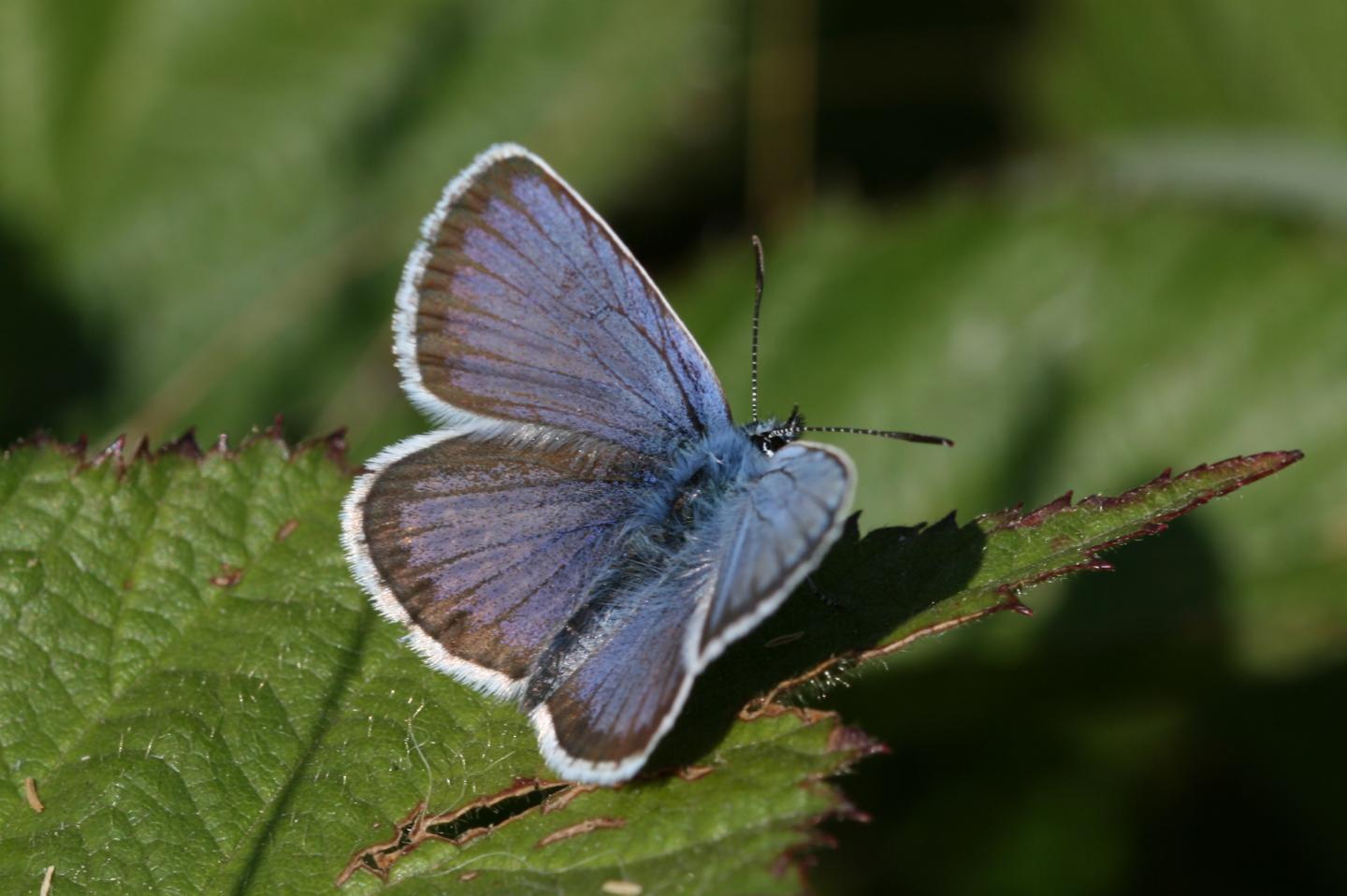Scientists identify British butterflies most threatened by climate change
Scientists have discovered why climate change may be contributing to the decline of some British butterflies and moths, such as Silver-studded Blue and High Brown Fritillary butterflies. Many British butterflies and moths have been responding to warmer temperatures by emerging earlier in the year and for the first time scientists have identified why this is … Read more









